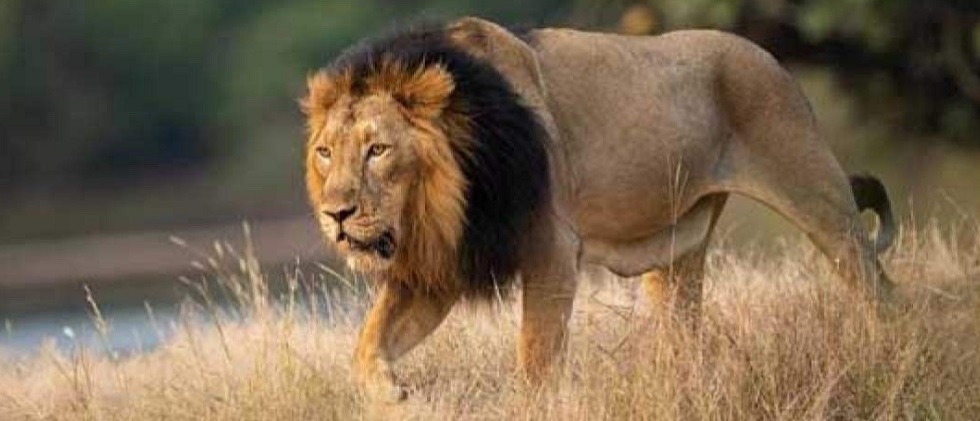Gir National Park, located in the western Indian state of Gujarat, is a wildlife sanctuary that stands as a testament to conservation success and biodiversity. Among its most iconic residents are the Asiatic lions, a majestic and powerful species that has captured the hearts of wildlife enthusiasts worldwide. In this blog post, we will delve into the unique charm of Gir National Park and explore the power and grace exhibited by its remarkable lion population.
Background of Gir National Park:
Established in 1965, Gir National Park was created with the primary objective of protecting the endangered Asiatic lion population, which had faced severe threats of extinction. At the time of its inception, the park was home to only about 180 lions. However, dedicated conservation efforts and strict protection measures have seen the population grow steadily over the years, making Gir a global symbol of successful wildlife conservation.
Powerful Presence:
The Asiatic lion, Panthera leo persica, is slightly smaller than its African counterpart, but it compensates with a robust and muscular build, giving it an imposing presence. Adult males can weigh up to 500 pounds and boast a distinctive, dark mane that frames their face, adding to their regal appearance. The power exuded by these lions is evident in their dominance over the Gir landscape, as they roam their territory with a confident stride, showcasing the raw strength that has made them the apex predators of the region.
Graceful Behaviors:
While the lions of Gir National Park are known for their power, they also exhibit remarkable grace in their behaviors. Lions are social animals, and observing them in their natural habitat reveals intricate social structures and familial bonds. The grace with which they navigate through their prides, engage in play, and interact with each other is a testament to the complexity and beauty of their communal lives.
Furthermore, the agility and stealth displayed by the lions during hunting expeditions showcase a different facet of their grace. Despite their large size, lions are surprisingly nimble and can execute precise and coordinated movements, making them effective hunters. Witnessing a lioness silently stalking her prey or a male lion displaying strategic prowess in a hunt is a breathtaking experience that highlights the grace inherent in their survival strategies.
Conservation Success:
The success story of Gir National Park is not only about the power and grace of its lion population but also about the dedication to conservation that has brought the species back from the brink of extinction. Conservation initiatives, community involvement, and stringent protection measures have been instrumental in the revival of the Asiatic lion population.
Efforts such as the relocation of some lions to establish a second home in the Kuno Wildlife Sanctuary and the continuous monitoring of their health and well-being have contributed to the resilience of these magnificent creatures. The park serves as a model for effective conservation strategies that prioritize habitat preservation, community engagement, and scientific research to ensure the long-term survival of endangered species.
Conclusion:
Gir National Park stands as a living testament to the power and grace of the Asiatic lion population. The park not only offers a glimpse into the raw strength and regal demeanor of these majestic creatures but also showcases the delicate balance of grace in their social interactions and hunting prowess. As we celebrate the success of Gir's conservation efforts, we are reminded of the importance of preserving natural habitats and fostering coexistence between humans and wildlife. Visiting Gir National Park is not just an opportunity to witness the incredible power and grace of its lion population; it is a chance to be part of a conservation story that continues to inspire and uplift.

